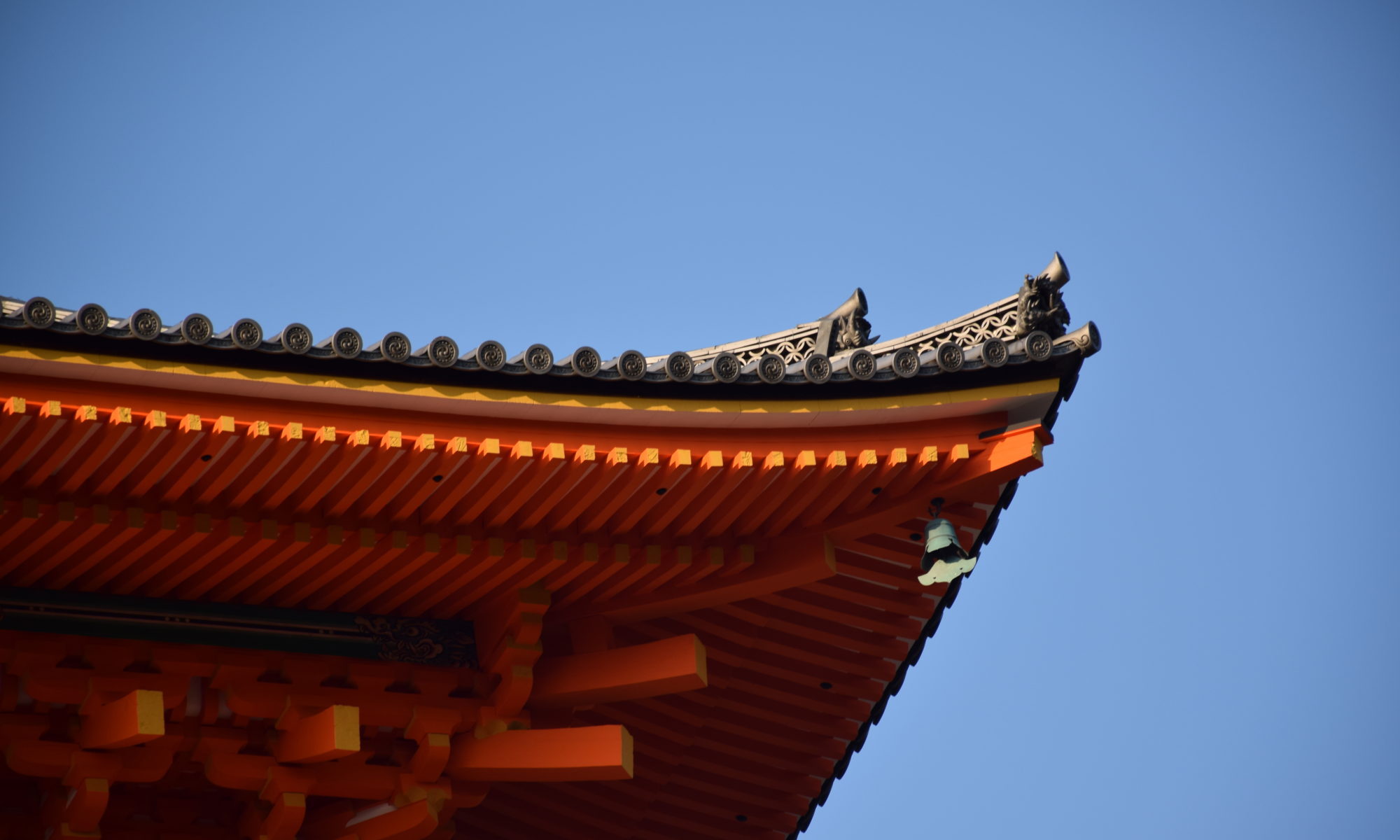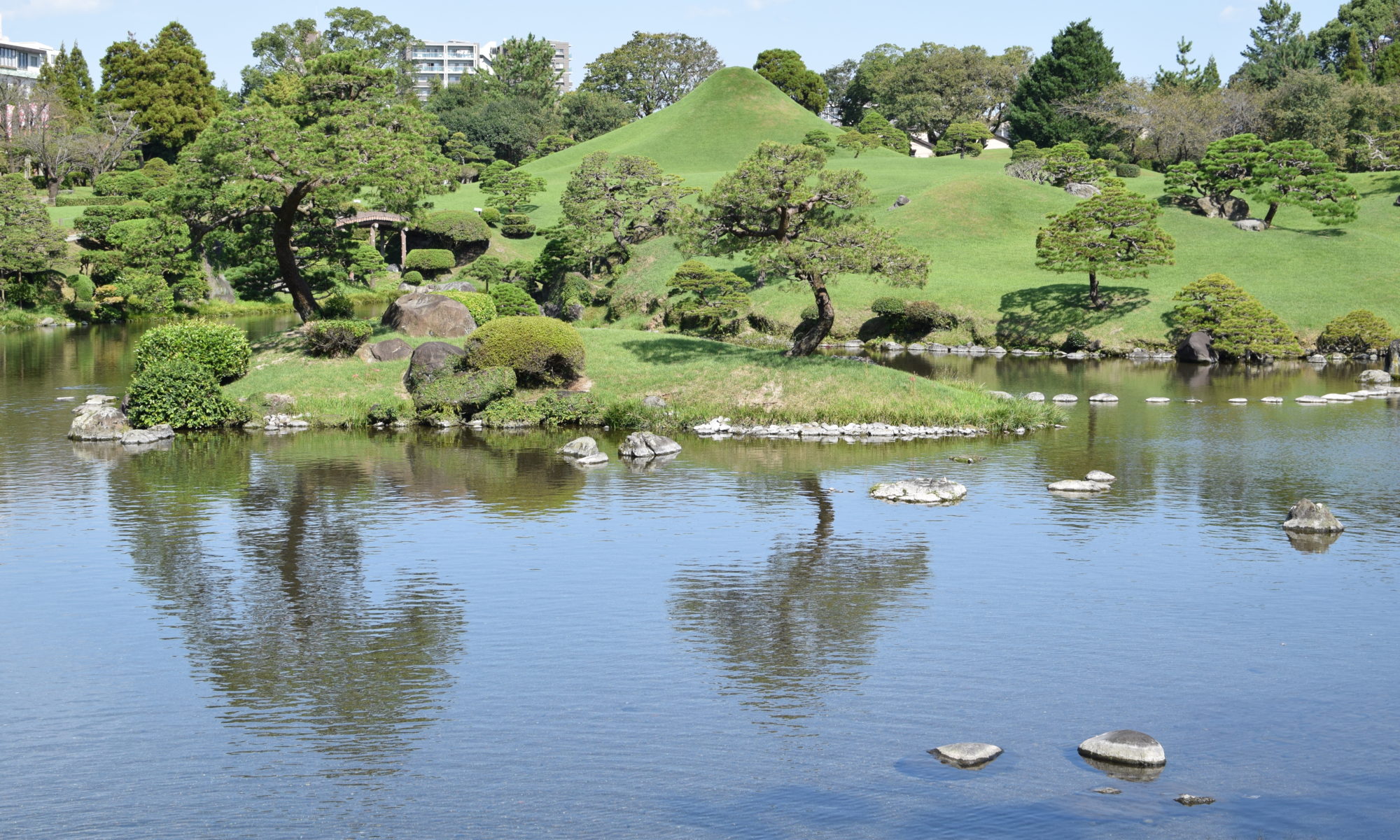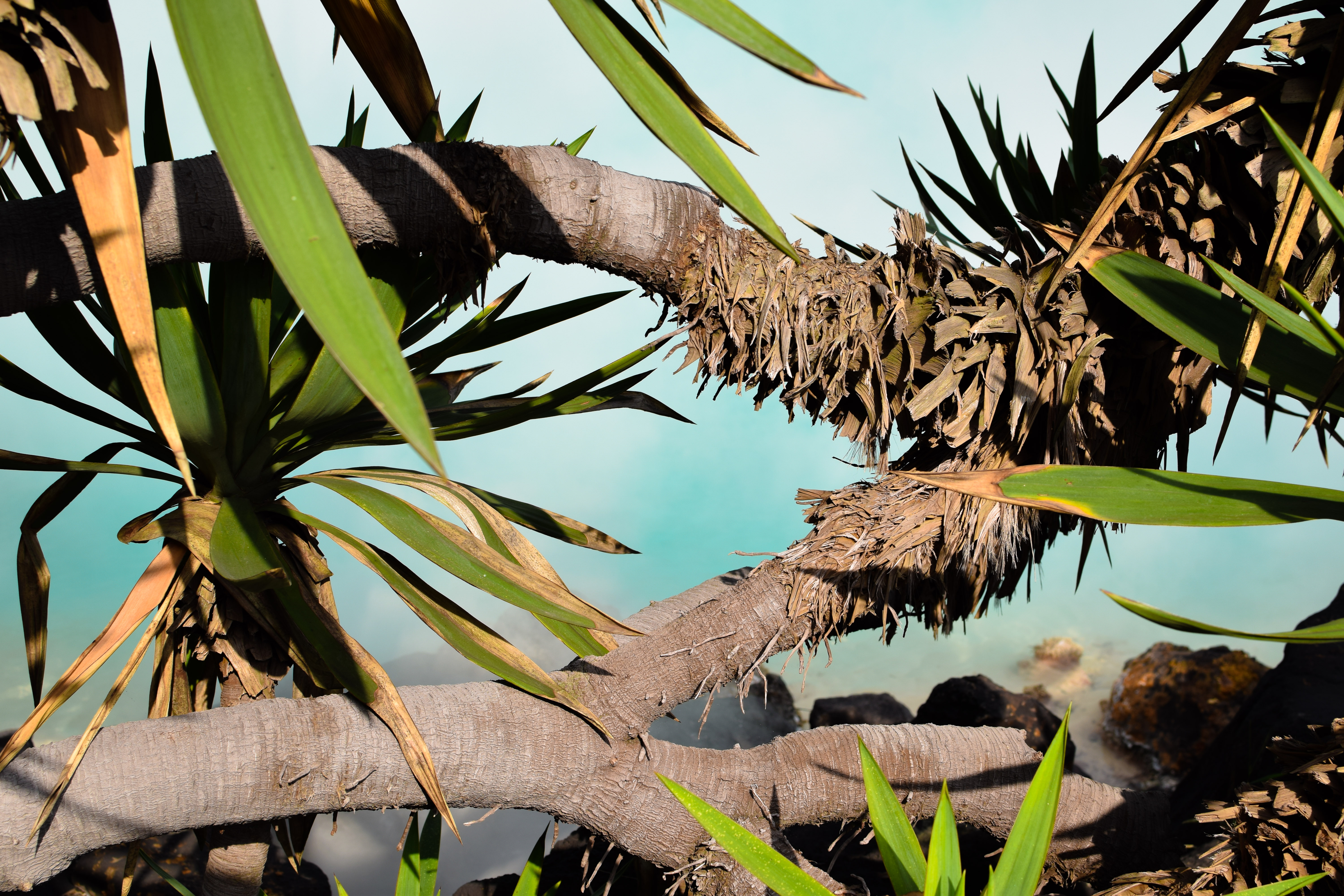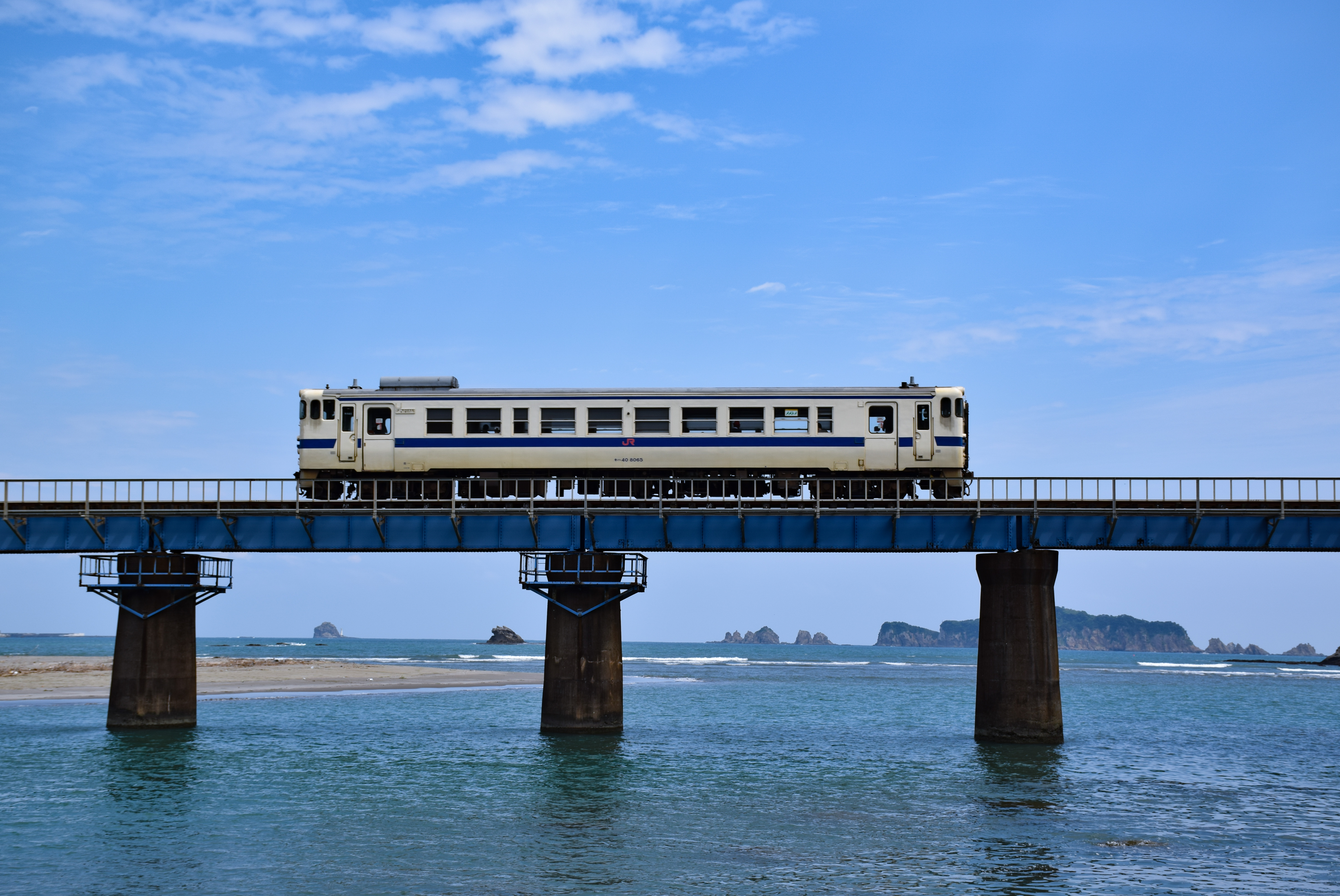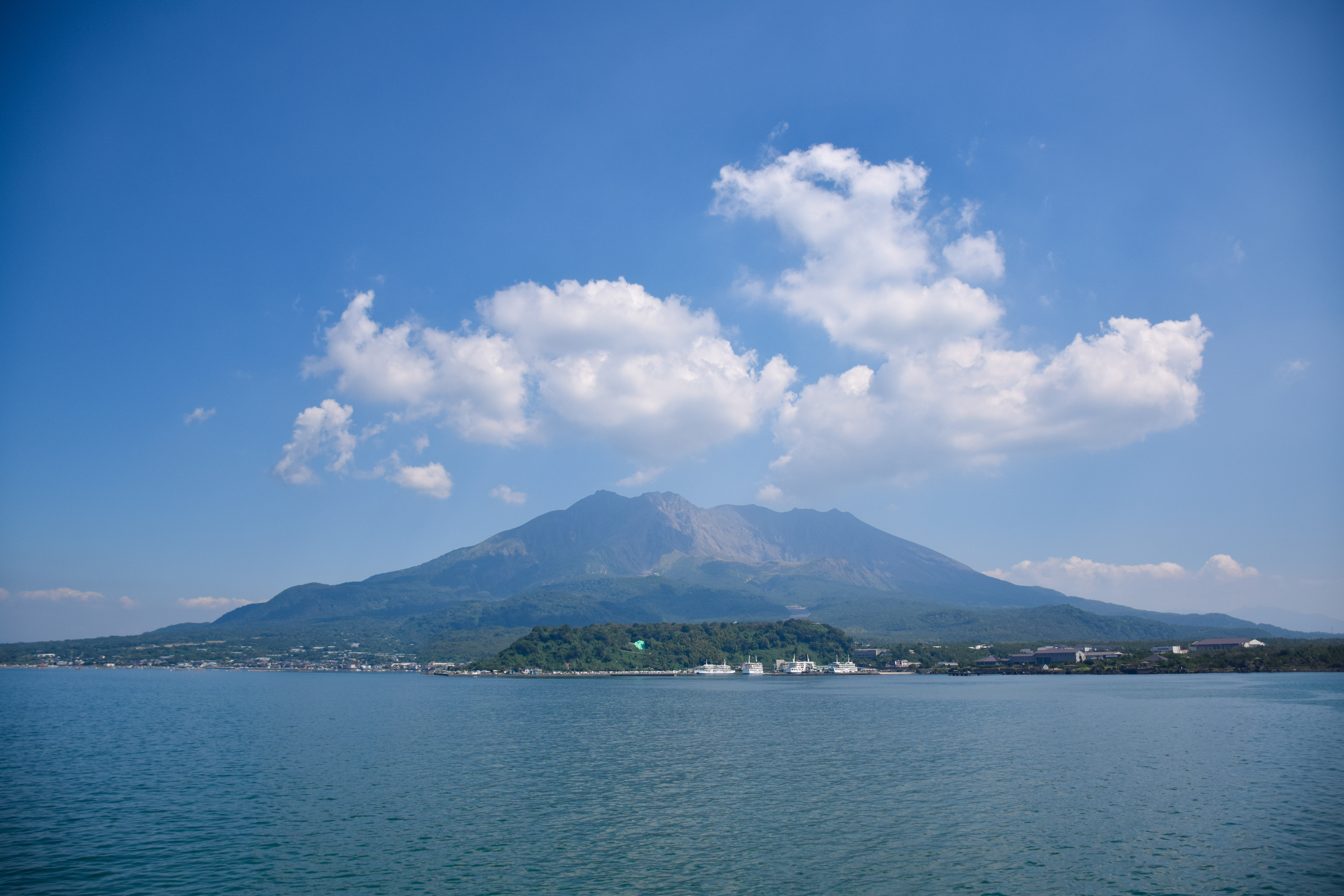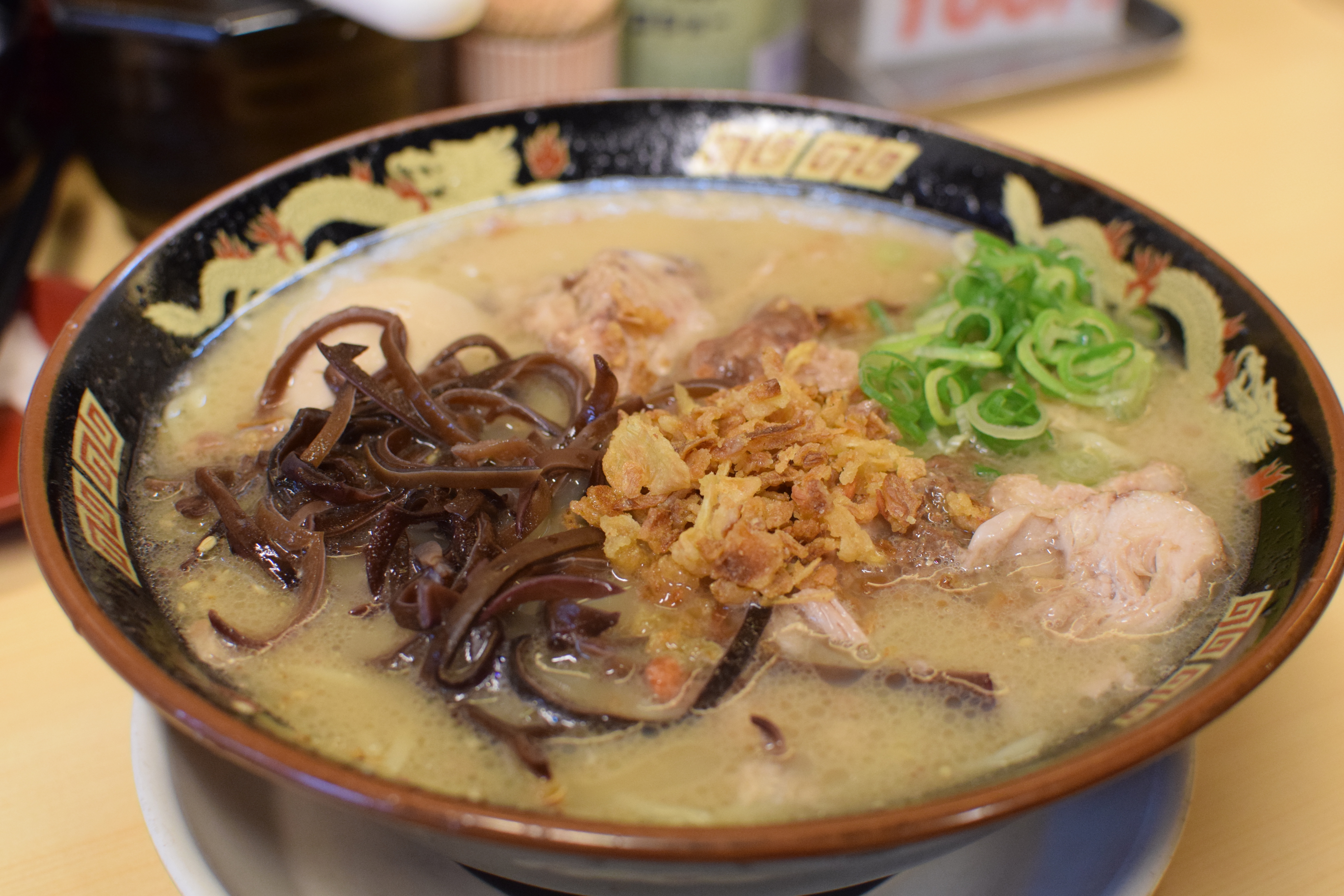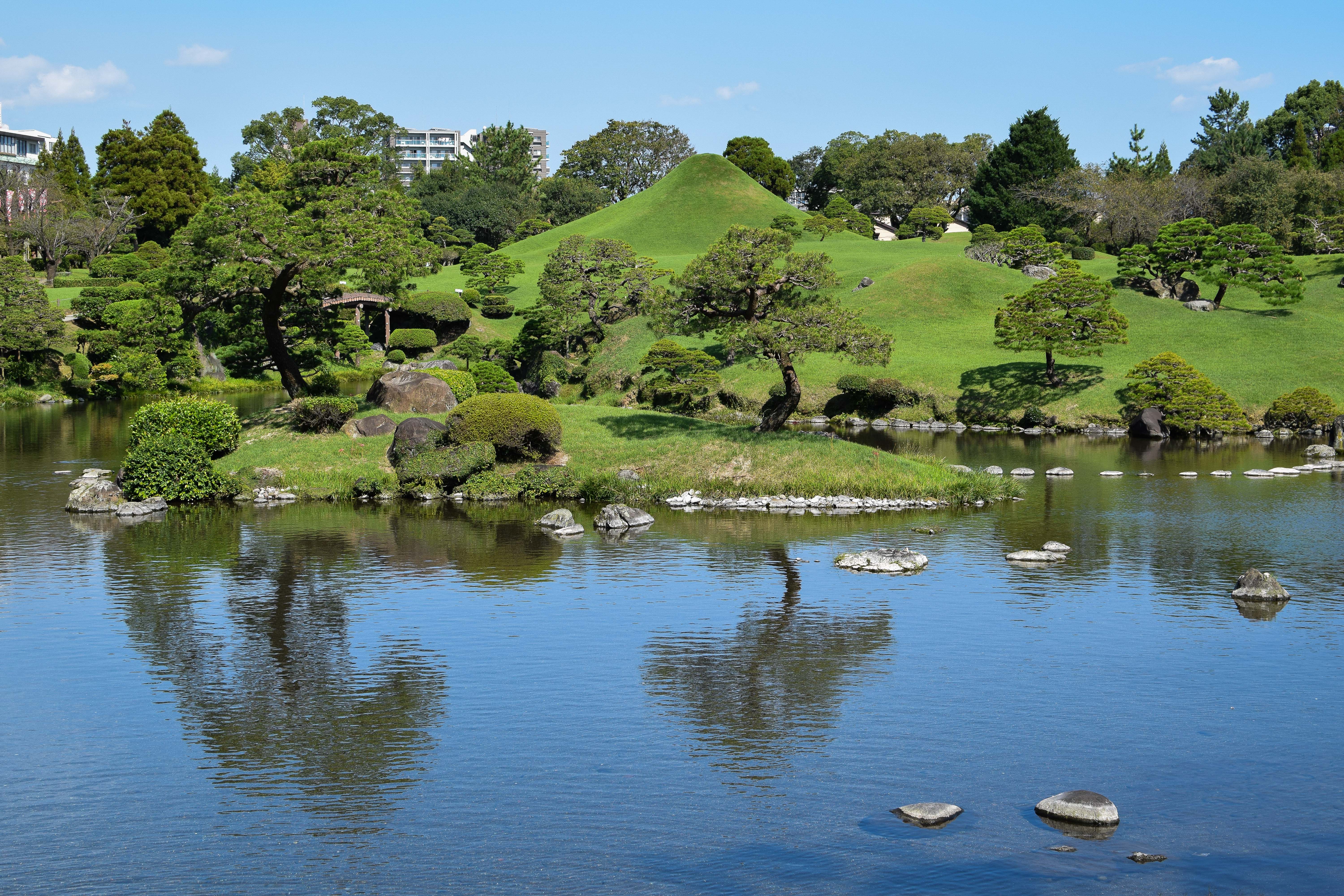New Years in Japan
Posted on
This week I interrupt your normally scheduled programming to bring you a cultural special on New Year’s in Japan!
First a little bit of backstory. Christmas and New Years are reversed in Japan compared to the west, where Christmas is a date night or a holiday spent out and New Years is the holiday spent in with family. However, if you do find yourself in Japan for the winter holidays there is plenty to get bundled up and go out for.
Countdowns are not big in Japan, so don’t expect to gather under the large video screens of Shibuya Crossing or Shinjuku Alta as these screens are turned off to discourage crowds. The place to be at midnight would be a shrine, any shrine really, but the bigger the better as more people gather there for hatsumode and many street stalls are set up offering specialties sweet and savory.


Hatsumode is the first shrine visit of the new year, where thousands of guests wait on lines leading up to the shrine to pray for happiness, luck, or safety in the coming year. Patrons gather with family or friends and wait in the cold hours for their turn, which is a lot more fun than it may sound. The environment all night is very festive. While waiting on lines, people often drink sake or the warmer, sweet version amazake.
Sake is often distributed for “free” at shrines all night on the 31st to the 1st. Really, cups of sake are given to those making a small donation to the shrine, but not mandatory. Sake is poured first and you will have the option to drop a few coins or bills depending on how generous or festive you are feeling. Staff distributing the sake are more than happy to welcome and serve you cups or small dishes of the rice wine.


After a few drinks to support the shrine, saying a prayer or getting your fortune, it’s time for some food.
Most shrines have lines of yatai stalls leading up to and guiding the way to the shrine. And no one would judge you for skipping all the hatsumode activities and going right to the food. As with yatai in other cities, the best places are usually the ones with the longest lines. I always walk through at least once to see what’s available and what looks good.


But if you are looking for typical New Years food you will have two options that are commonly cooked at home, but you can find at street stalls:


The other soup, eaten for dessert, is o-shiruko. This soup is a sweet, thick soup of pureed red beans with chunks of mochi, often toasted, placed in it. Red bean paste is not so common for desserts in the west, but I highly recommend trying it as it is the foundation for many Asian desserts and it’s fantastic, sweet with a smooth texture.
After a night out, families retreat back to their respective hometowns to have prepared o-sechi with their parents, in-laws and other relatives. The o-shogatsu break is usually until the third and in Japan it is a time for cleaning, bargain sales, and relaxing with family. For visitors looking to welcome in the New Year like a local, find your nearest shrine and enjoy.
Happy New Year!

